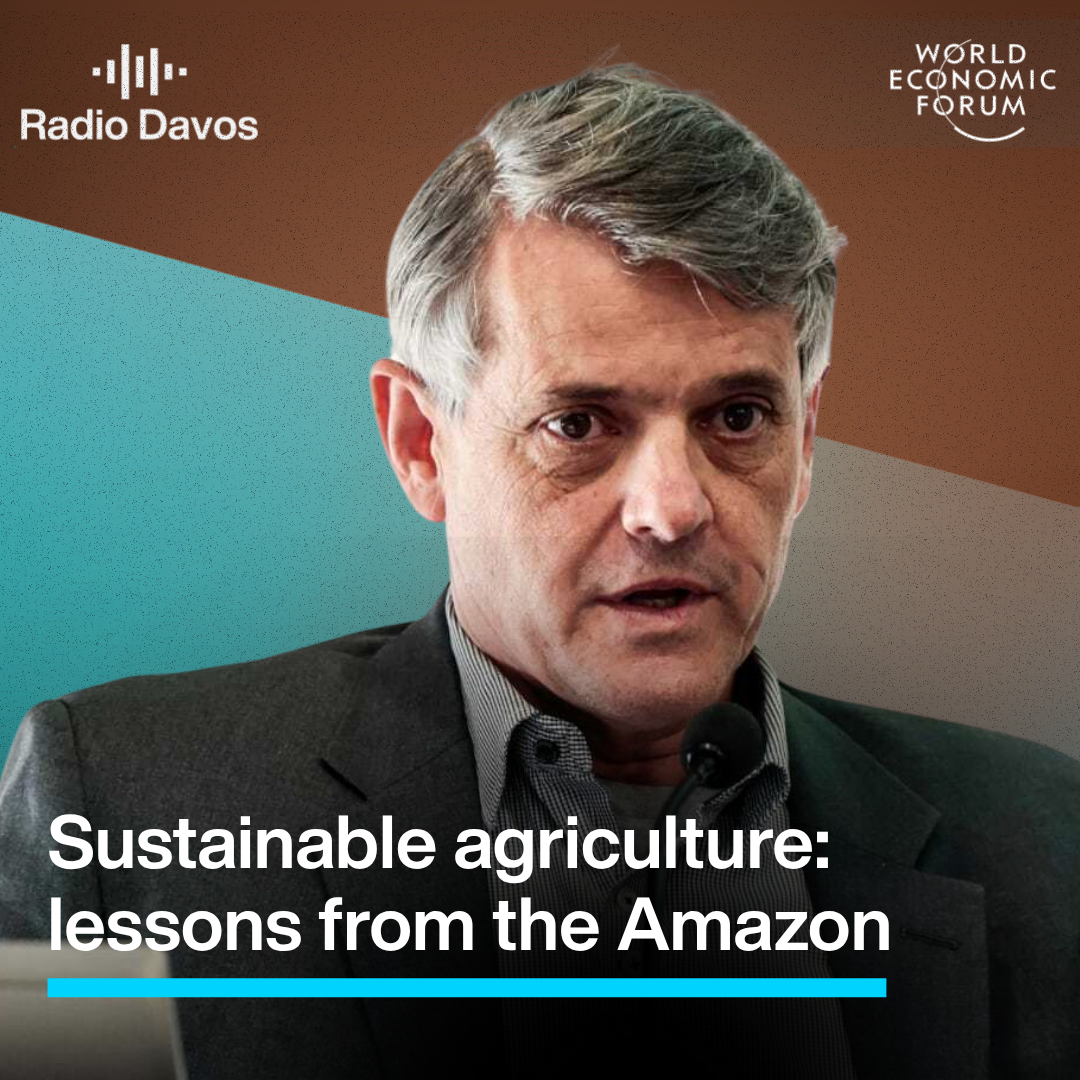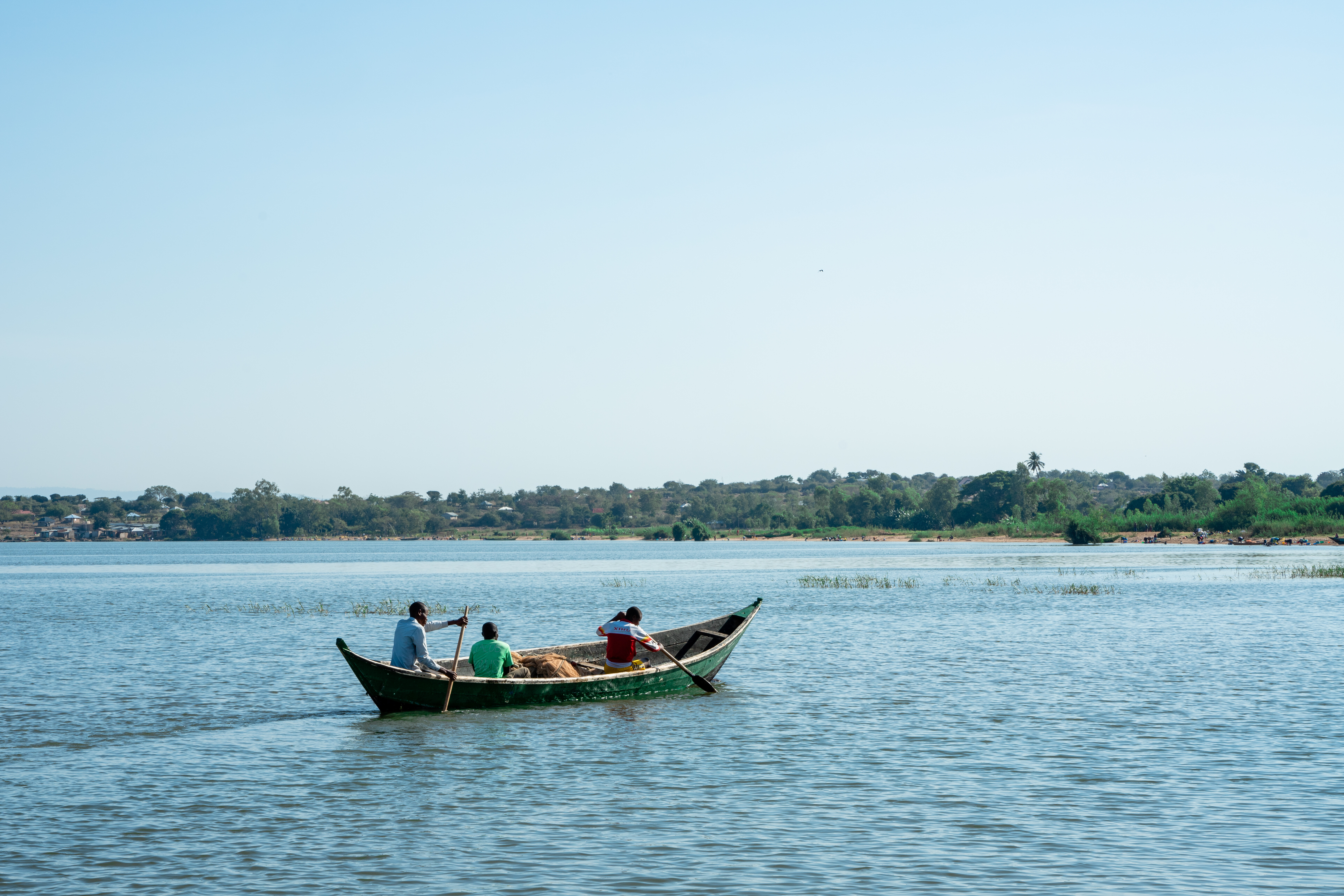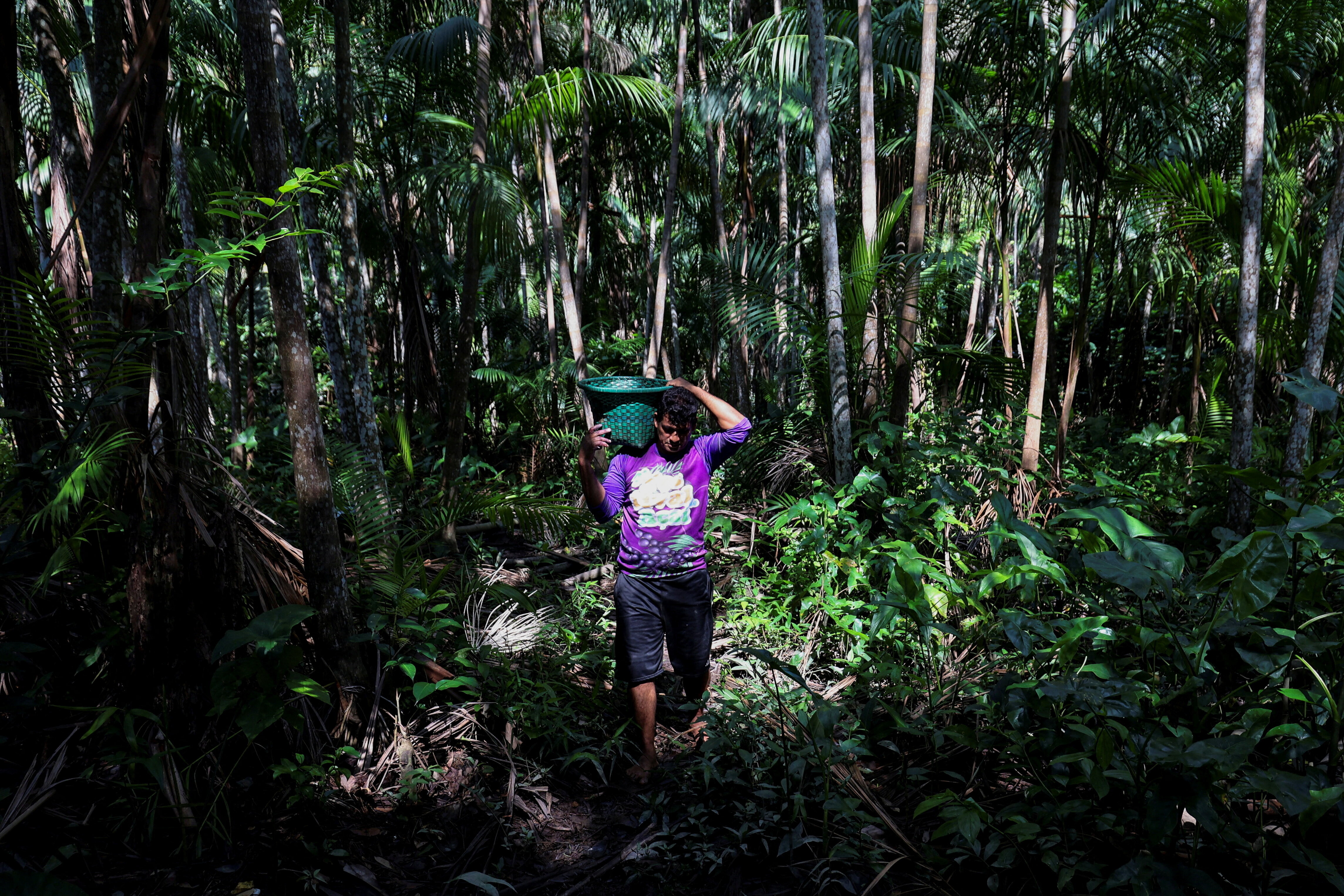This tiny new grain could save the planet

Kernza is a distant relative of wheat, but more environmentally friendly. Image: REUTERS/Pascal Rossignol
There's a new food we are all likely to hear a lot more about in the future. Developed from wheatgrass, 'Kernza' is being hailed as a weapon against climate change that could also protect the environment and revolutionize farming. Big claims for a grain that is but one-fifth the size of wheat.
Americans can already buy pasta, pizza, bread and beer made with the grain, which was trademarked 'Kernza' by the Land Institute in Kansas. Last month, US food giant General Mills launched a breakfast cereal made from it. General Mills has also given the plant-breeding team behind Kernza half a million dollars to bring it to full commercial production.
People who have tried Kernza say it tastes good. But the grain has a much more serious purpose. Unlike wheat, barley and other cereals it is a perennial plant whose roots can be left in the ground to regrow after harvesting.
That removes the need to clear fields, plough and reseed every year, saving energy and reducing farmers’ carbon emissions. Kernza can also be harvested using existing farm machinery.
Do you think Kernza will revolutionize farming?
Sustainable growth
Kernza roots extend over 3 metres beneath the soil, more than twice the depth of wheat, helping to stabilise soil, retain water and improve wildlife habitat. The first product to be made commercially from the grain was a beer named Long Root Pale Ale.
Kernza is also good at trapping carbon in its roots. Fred Iutzi, president of the Land Institute, which developed the grain, describes it as being like a pump that takes carbon out of the atmosphere and stores it in the soil. It also traps nitrogen, preventing it from reaching streams and rivers.
Bigger and better varieties
In order to make Kernza more attractive to farmers and food producers, Iutzi and his team plan to create new strains of the grain, with higher yields. Currently, Kernza grains are a lot smaller than wheat, but the Kansas team believe they can create varieties with much larger seeds.Developed from what is commonly known as intermediate wheatgrass (Latin name thinopyrum intermedium), Kernza has a long time has been used in animal feed. It's suited to cooler climates such as that found in the prairie lands in the north of the United States.
It could be another 10 years before Kernza-based products are widely available in supermarkets. But things are progressing fast. The Land Institute is working on a dwarf variety of the grain that promises improved bread-baking qualities. And Kernza beer is on sale at the Blue Skye Brewery in the town of Salinas, Kansas.
Grains are a big market (making up 45% of our calorie intake) and Kernza has some stiff competition. While wheat has been around for more than 10,000 years, Kernza is the new kid on the block. It was first bred under two decades ago and there are currently less than 500 hectares of the crop under cultivation.
The Land Institute says climate change means we should be getting our staple foods from perennial plants like Kernza. Carla Vernón, Vice President of General Mills’ Cascadian Farm brand, agrees. “We believe in the potential of this grain to make a positive ecological impact,” she says.
Don't miss any update on this topic
Create a free account and access your personalized content collection with our latest publications and analyses.
License and Republishing
World Economic Forum articles may be republished in accordance with the Creative Commons Attribution-NonCommercial-NoDerivatives 4.0 International Public License, and in accordance with our Terms of Use.
The views expressed in this article are those of the author alone and not the World Economic Forum.
Stay up to date:
Food Security
Forum Stories newsletter
Bringing you weekly curated insights and analysis on the global issues that matter.










